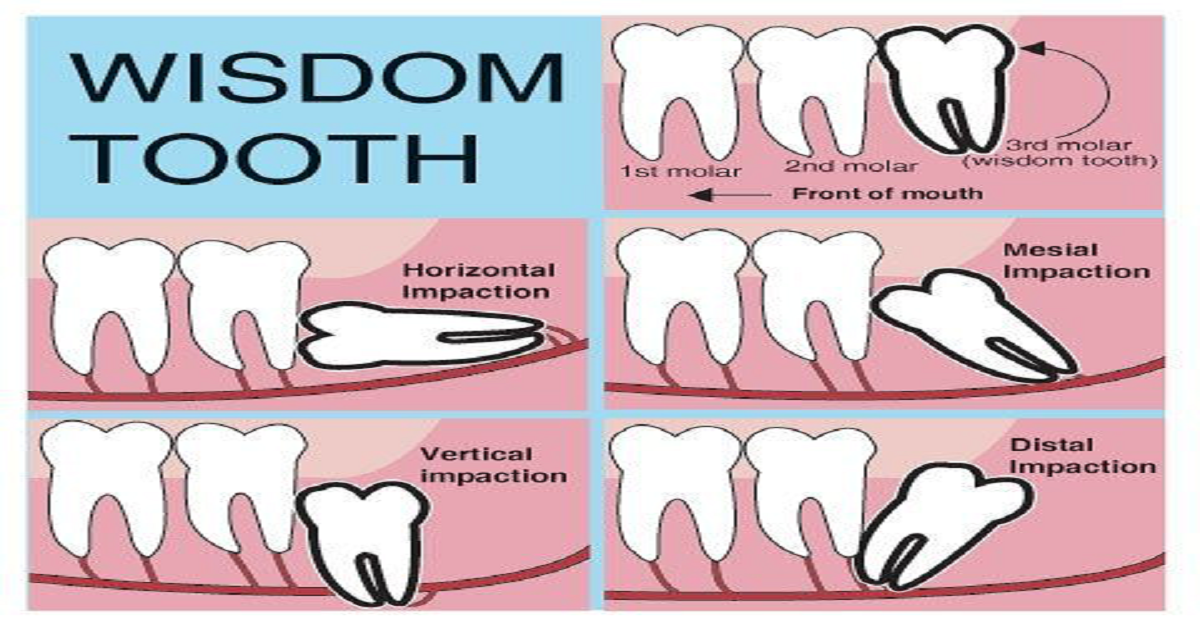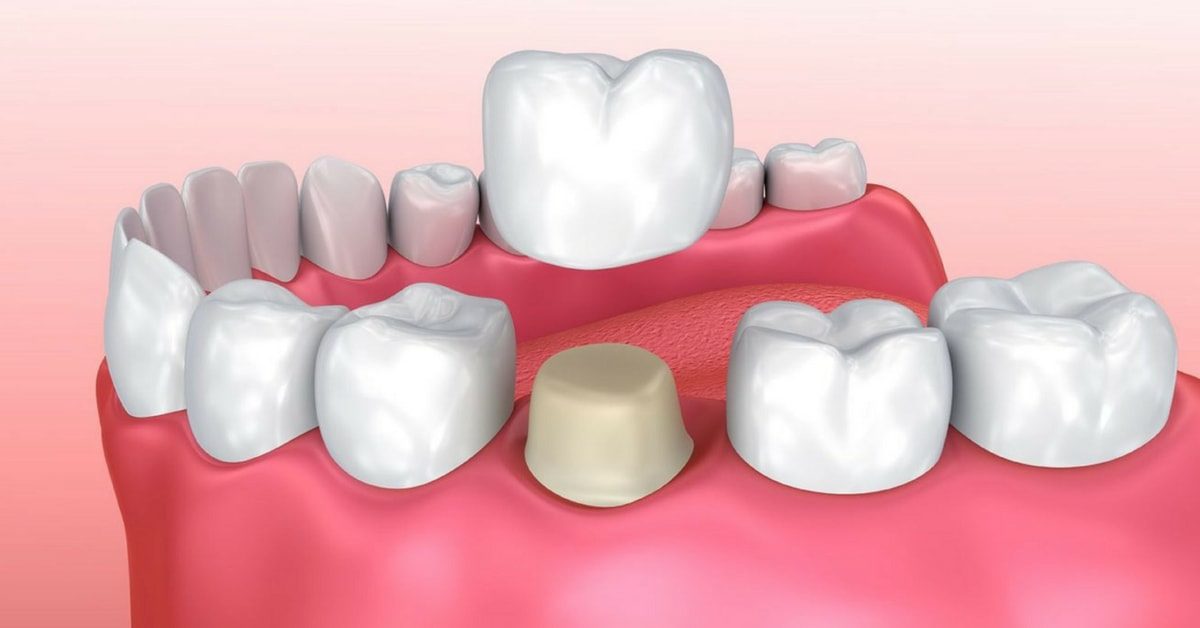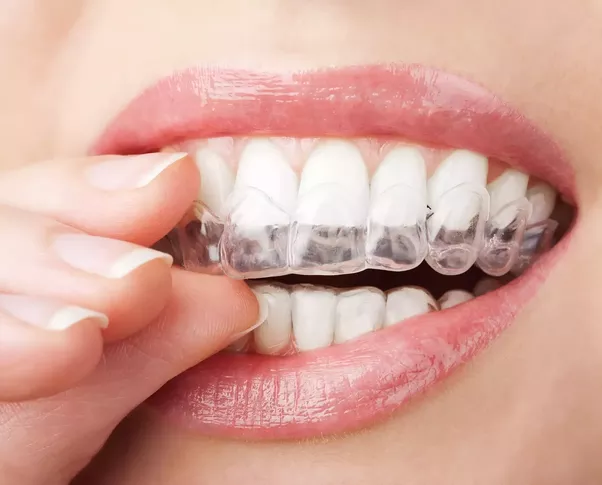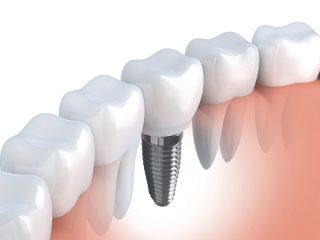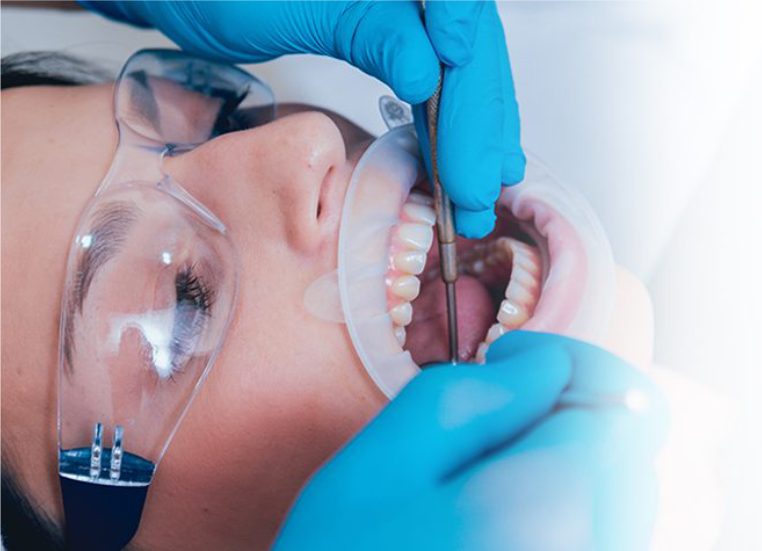Fast facts on pain after a root canal
If you have been asked recently by your dentist to go for a root canal for your decaying tooth, do not worry. You are one among many who are opting for this procedure to save a tooth or two.
It is natural for your teeth to feel sensitive for the first few days following the completion of a root canal. It typically happens due to the tissue inflammation, especially if there was pain or infection before the procedure. However, your dentist will help you manage this sensitivity or discomfort with certain over-the-counter pain medications. In most cases, you can expect to resume your normal activities the very next day with minimal care.
If you are looking for a best root canal treatment in Gurgaon you can visit The Dental Home – Multispeciality Dental Clinic in Gurgaon for reliable and affordable dental services.
How much pain is normal?
Gone are days where you could commonly hear patients screaming in pain at the dental clinic. Thanks to modern techniques and anesthetics, most people can comfortably undergo the root canal with little or moderate pain.
Remember that it is normal for your root canal-treated tooth to feel slightly different from your other teeth for some time after the treatment is completed. However, it is time to check with your dentist or endodontist if you have severe pain or pressure or pain that lasts more than a few days.
There are a few cases, where a tooth that has undergone the root canal does not heal or the pain doesn’t subside. In such a case, best option is to opt for a second chance to save the tooth with retreatment. Your dentist shall be able to alleviate the dental pain or discomfort and promote healing with an additional procedure.
Can a root canal fail?
Typically, most root canal-treated teeth last as long as other natural teeth. Under the guidance of you dentists and with proper care, you should be able to maintain the teeth that have had root canal treatment for as long as a lifetime. But occasionally, few patients report that their teeth are not healing properly, becoming painful or diseased long time after the treatment. This can occur after a successful treatment as well. There are several reasons for this including:
- Certain problems with respect to the tooth anatomy were not detected during the first treatment
- A new problem such as new decay can also jeopardize a tooth that was successfully treated, by causing infection in the treated tooth
- A crack or opening in the crown can lead to tooth infection
- A tooth fracture
When this occurs, the best thing to do is to redo the endodontic procedure and save the tooth.
Apart from these remedies, remember to follow good oral hygiene, including brushing, flossing, and regular checkups and cleanings.


